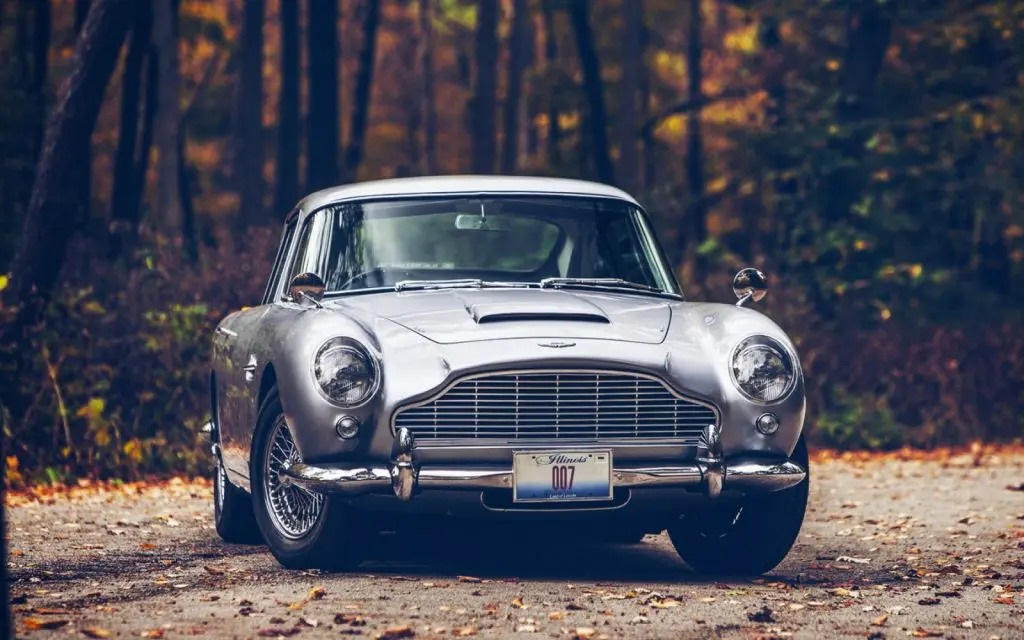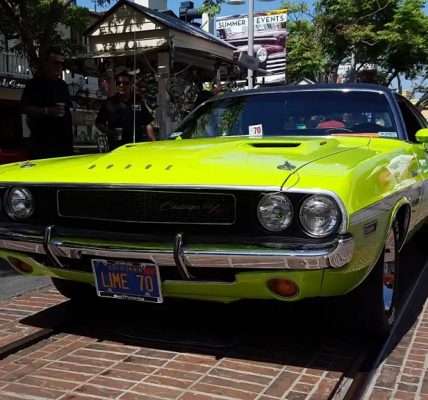If you’re a car enthusiast or simply curious about the world of automobiles, you’ve likely encountered terms like vintage, antique, and classic cars. These terms are often used interchangeably, but they carry distinct meanings and implications in the world of automotive history and collecting. In this comprehensive article, we will unravel the differences between vintage, antique, and classic cars. So, fasten your seatbelts, and let’s take a ride through the fascinating world of automotive history.
Understanding Car Classifications
Before we delve into the specifics, it’s essential to grasp the concept of car classifications. These classifications serve as the foundation for categorizing vehicles based on their age, design, and historical significance. Let’s start by defining these classifications:
Vintage Cars: A Glimpse into the Past
Vintage cars are a testament to the craftsmanship and innovation of a bygone era. These automobiles are typically characterized by their age, with vintage status typically applying to vehicles manufactured between 1919 and 1930. However, the exact timeline can vary depending on regional definitions.
Antique Cars: Timeless Treasures
Antique cars are even older than vintage cars, and they hold a special place in the hearts of collectors. In general, cars that are over 45 years old are considered antique. This classification encompasses vehicles dating back to the early days of the automotive industry, offering a nostalgic glimpse into the past.
Classic Cars: Icons of Automotive History
Classic cars represent a broader category that includes vehicles from different eras, often ranging from the 1920s to the 1990s. These cars have a timeless appeal, combining historical significance with enduring popularity. Classic cars are the beloved icons of automotive history that continue to captivate enthusiasts worldwide.
What Sets Vintage Cars Apart?
Now that we’ve defined these classifications, let’s dive deeper into the characteristics that set vintage cars apart:
- Age: Vintage cars are typically over 90 years old, making them some of the oldest drivable automobiles on the road. Their age alone is a testament to their historical significance.
- Design: Vintage cars often feature unique and ornate designs that reflect the aesthetics of the early 20th century. Think of swooping fenders, exposed spare tires, and intricate radiator grilles.
- Rarity: Due to their age, vintage cars are relatively rare and can be challenging to find in good condition. Collectors often covet them for their scarcity.
- Historical Significance: Vintage cars played a pivotal role in the evolution of the automotive industry. Many of them represent milestones in engineering and design.
Antique Cars: Time Capsules of Automotive History
Antique cars, while also old and cherished, have their own distinguishing features:
- Age: Antique cars are typically over 45 years old, which means they encompass a broader range of years compared to vintage cars.
- Simplicity: Antique cars often feature simpler designs and engineering, reflecting the early days of automobile development. They lack many modern conveniences and safety features.
- Historical Value: These cars are like time capsules, offering a glimpse into the infancy of the automotive industry. Owning an antique car is akin to owning a piece of history.
Classic Cars: The Versatile Icons
Classic cars have a more extensive range, both in terms of age and characteristics:
- Age: Classic cars can range from the 1920s to the 1990s, covering multiple decades of automotive history.
- Popularity: These cars are often celebrated for their enduring popularity and iconic status. They include legendary models like the Ford Mustang, Chevrolet Corvette, and Porsche 911.
- Collectibility: Classic cars are highly collectible, and their value can vary significantly depending on factors like rarity, condition, and demand among collectors.
In Conclusion
In the world of automobiles, vintage, antique, and classic cars each hold a special place. They offer a unique blend of history, design, and nostalgia, making them prized possessions for collectors and enthusiasts alike. Whether you’re drawn to the ornate elegance of vintage cars, the timeless treasures of antique cars, or the iconic status of classic cars, there’s a vehicle out there to capture your heart.
As you navigate the fascinating world of automotive history, remember that these classifications are not just about age; they’re about preserving the legacy of some of the most remarkable vehicles ever created. So, whether you dream of owning one or simply appreciate their beauty from afar, vintage, antique, and classic cars will forever remain symbols of innovation and craftsmanship.
Now that we’ve explored the unique features of vintage, antique, and classic cars, you may be wondering which one is right for you. To help you further, let’s address some frequently asked questions (FAQs).
FAQs
Q: Can vintage cars be used for everyday driving?
A: While it’s possible to drive vintage cars, most owners prefer to showcase them at car shows or special events due to their age and value.
Q: Are antique cars more challenging to maintain than classic cars?
A: Antique cars may require more specialized maintenance due to their age, as finding replacement parts can be a challenge.
Q: Are classic cars a good investment?
A: Classic cars can be a solid investment, but their value can fluctuate. It’s essential to research and choose models with growth potential.
Q: Do these classifications have legal implications?
A: In some regions, there may be legal distinctions for vintage, antique, and classic cars, affecting issues like registration and insurance.
Q: Can I modify vintage, antique, or classic cars?
A: Modifying these cars is possible, but it’s essential to preserve their historical integrity if you plan to do so.
Q: Which classification is the most prestigious?
A: Prestige is subjective and can vary among enthusiasts. Some may prefer the timeless elegance of vintage cars, while others admire the iconic status of classic cars.




